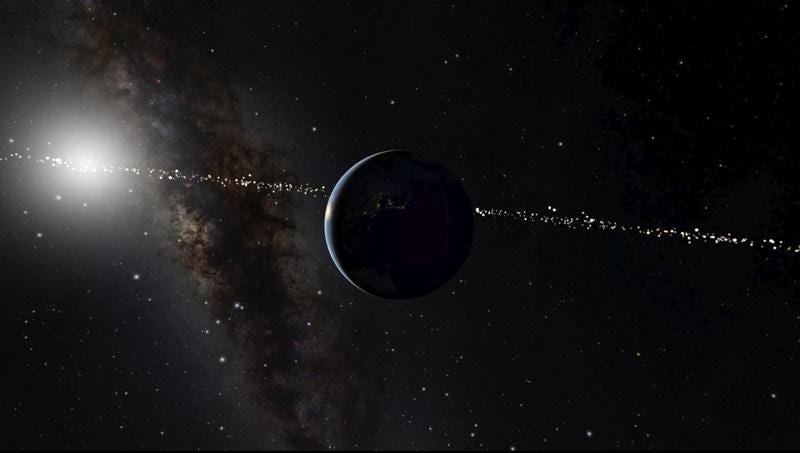Searching for Extraterrestrial Life: Insights and Discoveries
Written on
Chapter 1: The Quest for Life Beyond Our Planet
The search for life, both on Earth and beyond, is driven by a fundamental inquiry: Are we truly alone in the universe? This question looms large as we delve into various explorations, from Mars missions to studies of Venus and the icy moon Europa. For instance, NASA's Perseverance rover is currently investigating Mars for signs of past life, while phosphine detected on Venus sparked excitement as a potential biological indicator. Meanwhile, the Europa Clipper mission aims to analyze the subsurface ocean of Europa through its geysers for molecular evidence of life.
Exoplanets: The Search for Our Twin
Today, astronomers have identified over 4,000 exoplanets, yet the elusive "Earth 2.0" continues to evade discovery. Although we have located Earth-sized planets within their stars' habitable zones, many of these worlds fall short due to unfavorable conditions—such as overly active stars or unsuitable sizes. Researchers are beginning to realize that the quest for a truly Earth-like planet may be more challenging than initially anticipated.
A recent study published in the Monthly Notices of the Royal Astronomical Society highlights the energy dynamics of planets orbiting various types of stars. It indicates that planets surrounding cooler red dwarfs may not receive sufficient energy to support oxygen-based photosynthesis. While hotter stars emit significantly more radiation, they also have shorter lifespans, limiting the evolution of complex life forms. This new insight narrows the scope of our search for exoplanets that could harbor life.

Detecting Life: Innovative Techniques
As we refine our search for extraterrestrial life, the next critical question arises: How do we detect it? In groundbreaking research, scientists successfully utilized a helicopter flying at 70 kilometers per hour from an altitude of two kilometers to identify life signatures on Earth. Remarkably, they distinguished between different environments, such as fields, forests, and urban landscapes.
First author Lucas Patty explains that biological materials reflect light in a unique way, causing the light's electromagnetic waves to spiral either clockwise or counterclockwise—a phenomenon known as circular polarization. This distinct signature arises from the homochirality of biological matter, which is absent in non-living elements.
This innovative approach can be adapted for future space missions, with plans to implement this technology on the International Space Station (ISS). I'm eager to see where this pioneering research leads.

The Cosmic Perspective: Who's Watching Us?
Furthering our understanding of life detection, a recent study published in Nature explores which star systems might be capable of observing life on Earth. The research identifies over 2,000 star systems within 326 light-years that possess a favorable position for detecting our planet. In the coming 5,000 years, an additional 300 systems will join this list as celestial bodies continue their orbits within the Milky Way.
The team used data from the European Space Agency's Gaia eDR3 catalog to determine which stars can see Earth as it transits across the Sun. Among those systems, seven are known to host exoplanets, including the Trappist-1 system, which will be able to observe Earth in approximately 1,600 years.
Co-author Jackie Faherty leaves us with a thought-provoking idea: other worlds that may have already detected us might be pondering our solar system as well. This catalog serves as an intriguing thought experiment on the possibilities of interstellar observation.
References:
- Covone, G., Ienco, R. M., Cacciapuoti, L., & Inno, L. (2021). Efficiency of the oxygenic photosynthesis on Earth-like planets in the habitable zone. Monthly Notices of the Royal Astronomical Society.
- Patty, C. H. L. et al. (2021). Biosignatures of the Earth I. Airborne spectropolarimetric detection of photosynthetic life. Astronomy & Astrophysics.
- Kaltenegger, L., & Faherty, J. K. (2021). Past, present, and future stars that can see Earth as a transiting exoplanet. Nature.